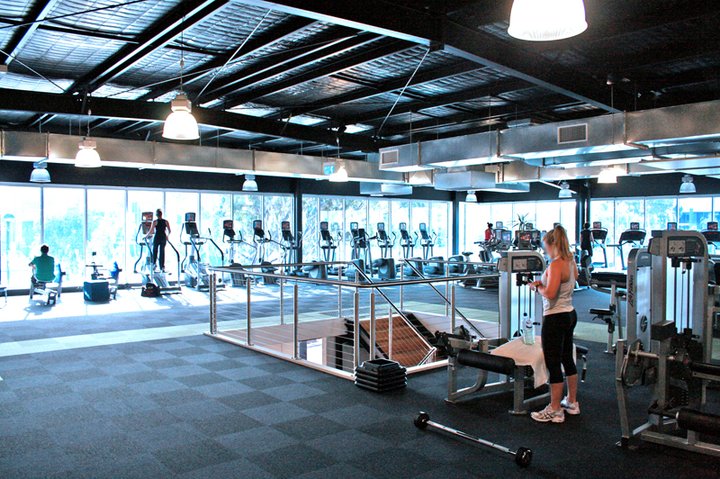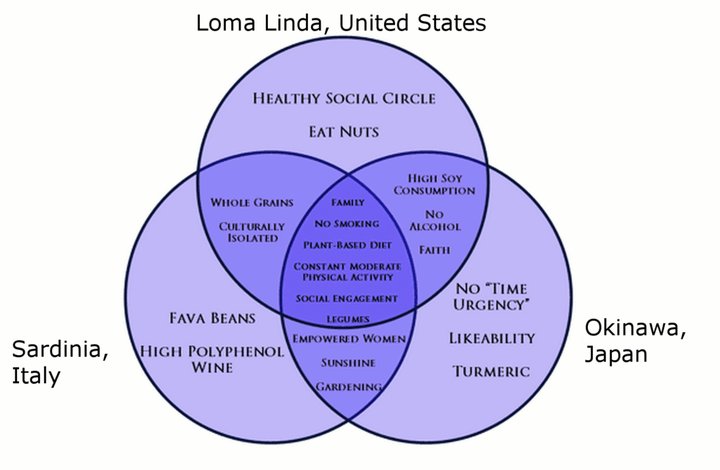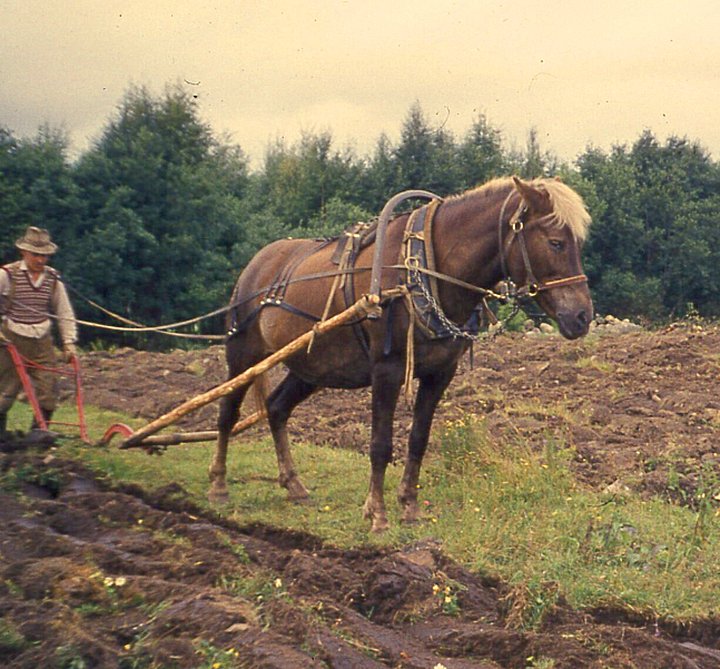“The fossil record tells us that many prehistoric humans were
stronger and fitter than today’s Olympians.”
— Vybarr Cregan-Reid in the Guardian
###
How’s that January 1 resolution panning out, the one about exercising regularly? $200 FitBit helping, is it? Using your new HealthSPORT membership? Happy with your level of activity?
Me either. 10,000 steps a day ($15 Walgreen’s pedometer) is erratic while traveling, I’m missing my routine. But that’s how it’s always been: 5BX exercise routine in my 20s, jogging in my 30s and 40s (marathons, even), cycling the Alps and Pyrenees, racquetball, kayaking (upper-body workout, not much in the way of aerobic), long-distance walking…all of it a bit hit and miss, on and off. Jogging these days is the once-a-year 5K Thanksgiving Turkey Trot; 2018: 9’ 38” miles. (Yeah, I’m bragging.)
No excuses. It’s not like I don’t follow the research. Take this, from the UK Academy of Royal Colleges, “Exercise, the Miracle Cure” published in 2015: regular exercise reduces the risk of stroke, some cancers, depression, heart disease and dementia by at least 30%, bowel cancer by 45%, osteoarthritis, high blood pressure and type 2 diabetes by 50%.
So why aren’t we—you and I—out there every day racking up the miles, spinning our exercise bikes, sweating in our Lycra to the beat of disco? What’s with this survey that says that Americans are sitting an average of 13 hours a day and sleeping an average of 8 hours resulting in a sedentary lifestyle of around 21 hours a day?
The one word answer is “efficiency.” Every since James Watt invented the steam engine, we’ve been seduced by the notion of turning over physical labor to machines. We now drive where our ancestors walked. They beat rugs where we vacuum our carpets (or press a button to tell the Roomba to get busy). We throw our clothes into the washing machine, push buttons on the remote, load the dishwasher…all in the name of efficiency.
And with the best will in the world, exercise isn’t the answer. Our bodies are built, as it were, on the assumption that we’ll be moving all day: hunting, gathering, child-minding. Not in quick bursts of activity, but steady non-stop calorie-burning, muscle-building, aerobically-active hours-long exertion. That level of activity wasn’t a choice for our forebears; it was the stuff of survival. Today, exercise is optional, as in, “If I can get off work early, I’ll go to the gym.” My 10K-a-day goal would look like walking the dog around the block to them.

Probably not the best way of achieving lifelong fitness. (localfitness.com.au, Wikimedia)
(FWIW: A 2012 study published in the British Medical Journal compared the life expectancy of 15,174 Olympic athletes with the rest of us: they live, on average, only 2.8 years longer. Writing in the Guardian, Vybarr Cregan-Reid comments, “Devoting your life to sport and exercise will buy you more time, but once you factor in the Olympians’ lifelong sustained attention to diet and healthy living, as well as tens of thousands of hours spent training, 2.8 years might not really seem sufficient recompense.”)
You know those “Blue Zone” studies? The ones that supposedly (there’s some controversy) show that the folks who regularly live to 100+ years are geographically clustered? They’re in the same regions where long hours of daily manual labor are the norm, whether it’s plowing fields, tending crops, picking grapes or herding sheep and goats.

“Blue Zone” longevity clues. Note one of six the common ones is “constant moderate physical activity.” (Cogentimperator, public domain)
For the rest of us living in non-Blue Zones, with the seductions of TV and video games, of driving to work vs. cycling, of hanging out at the bar instead of walking with friends: it ain’t easy. Knowledge is one thing. Putting that knowledge into practice—that is, making activity an ongoing regular part of our lives—is something else. It’s going to take a paradigm shift to re-purpose the whole concept of “exercise” (scheduled, focused, goal-oriented, often paid for, using equipment) into “movement” (natural, non-scheduled, on-going). Check out the Mayo Clinic’s NEAT (nonexercise activity thermogenesis) programs to learn more.
And meanwhile, there are dogs to walk, folks to chat with on the waterfront trail, beaches to stroll and maybe a sheep or two out there to be herded.

Two animals destined for long life. (Barry Evans)
CLICK TO MANAGE